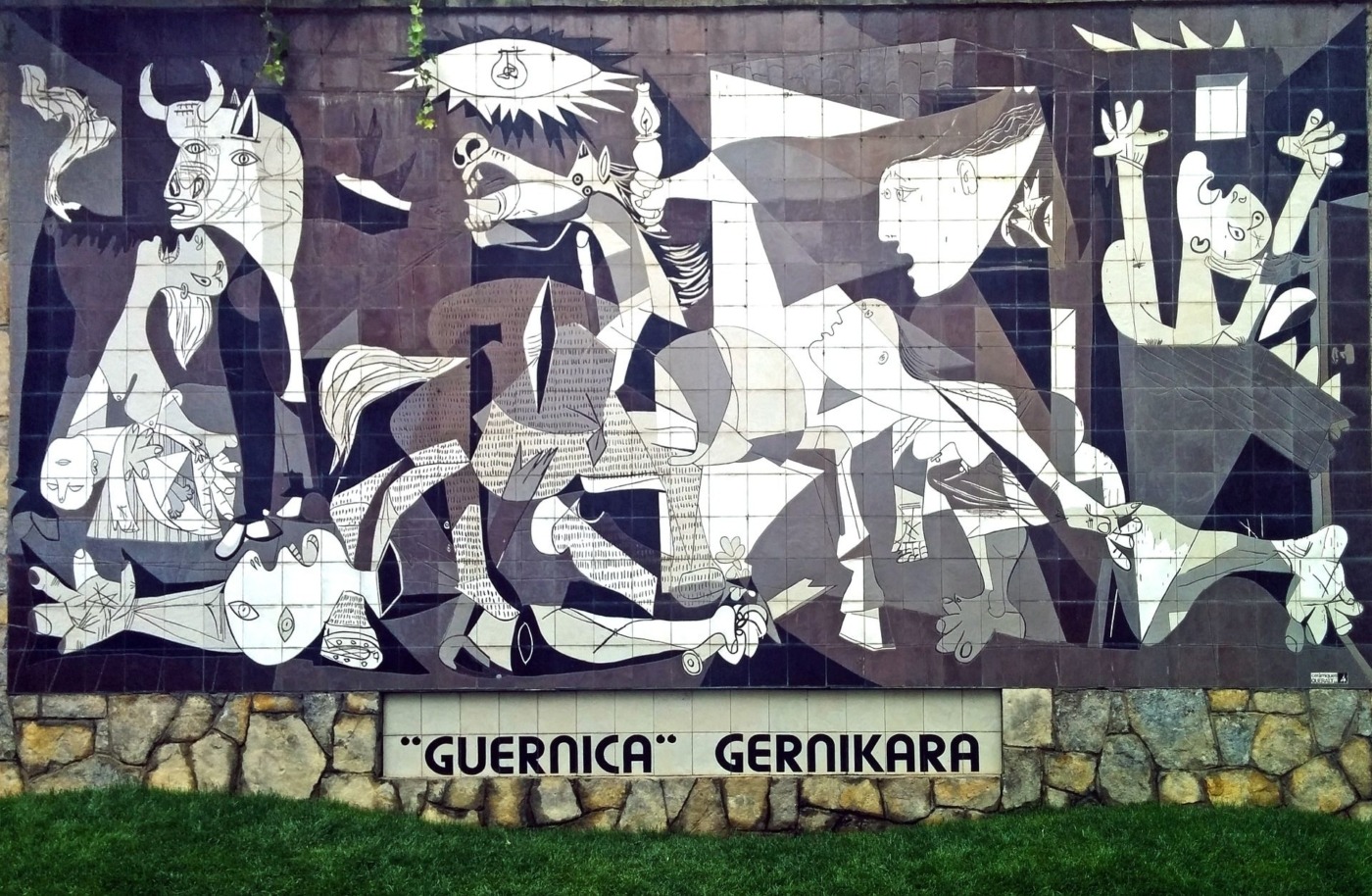Where have all the Picassos gone?
I imagine most of you recognise the name Picasso: the twentieth century painter, printmaker, poet and playwright – amongst numerous other talents – is widely acknowledged by historians as a leader of the Cubist movement and the pioneer of the constructed sculptor. A revolutionary, a genius, a visionary to the artistic world.
Such an inspiration, in fact, that fellows such as Ezra and David Nahmad – two descendants of a Jewish-Syrian art family – have seen fit to lock up 300 pieces of his artwork deep within the recesses of a tax-free warehouse near Geneva Airport, far away from any prying eyes. This collection, which forms only part of the siblings’ 5000-piece hoard, is valued at $900 million alone. Perhaps the Nahmads are sensible to have the foresight to safely seal this collection inside some warehouse. Art, it seems, is a rather lucrative investment for the super-rich, with the worth of some collections actually dwarfing the overall GDP of some smaller nations. Art collecting, as a business, is a massively beneficial investment. AJ Williams points out in his article, The Five Most Valuable Art Collections in The World, that in the 1960s Andy Warhol’s Orange Marilyn silkscreens sold for $2,400. At the turn of the century, however, they were auctioned for a much more profitable $17 million. Art, for some of these collectors, has ceased to be about appreciation of the pieces themselves. Art has become a commodity.
Art, it seems, is a rather lucrative investment for the super-rich
Now, before you all grab your pitchforks and demand the relinquishment of Picasso to the people, vive la révolution and all that, I feel like I should point out that not all examples of individuals who attempt to invest in art collections do so with entirely selfish aims. Francois Pinault, an entrepreneur with a personal net worth of $26 billion as of 2018, is an example of such an individual. Pinault has utilised his immense wealth to share his collection as widely as possible. In 2005, Pinault purchased a controlling stake in the Palazzo Grassi for $37 million and, since then, has held numerous exhibitions open to the public and is currently looking for new premises in London and New York to open new art museums. This seems like a far healthier relationship between the collector and the public, allowing the collector’s freedom to make a profit whilst providing the general public with a chance to appreciate notable works of art.
Art has become a commodity
Unfortunately, not all collectors wish to follow Pinault’s model, and it is impossible to stop them investing in canonical art – although they should be encouraged (and pressured) into making sure their collections are at least available for the public to view. It is important, after all, to inspire a new age of Picassos. This can partly be achieved through investment in creative departments at school, art councils and community theatre organisations. But it is clear that if we do not put some form of either legislative or social pressure on individuals or organisations who invest in art, en masse, then it is quite conceivable that we will fail to encourage children to invest in their artistic abilities and, perhaps, pursue a lifelong career in the arts.

Comments
Comments are closed here.